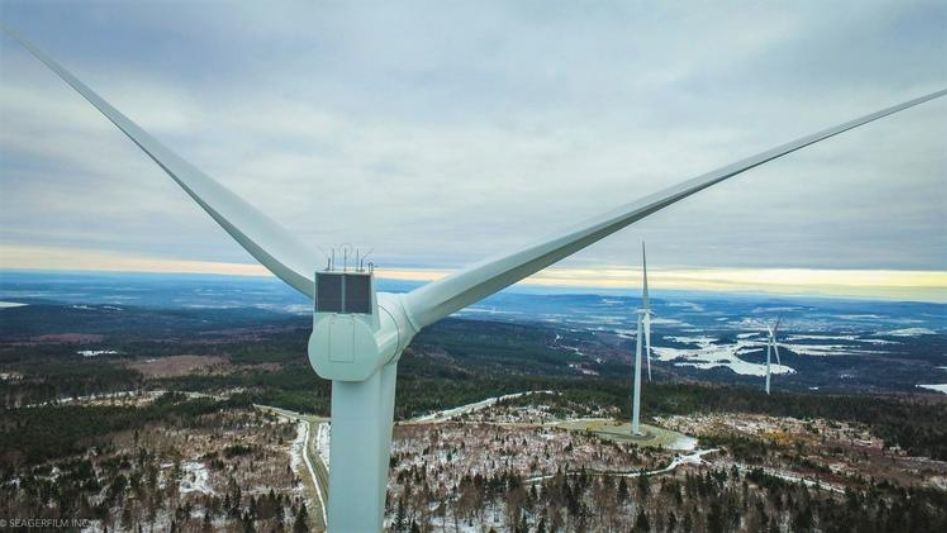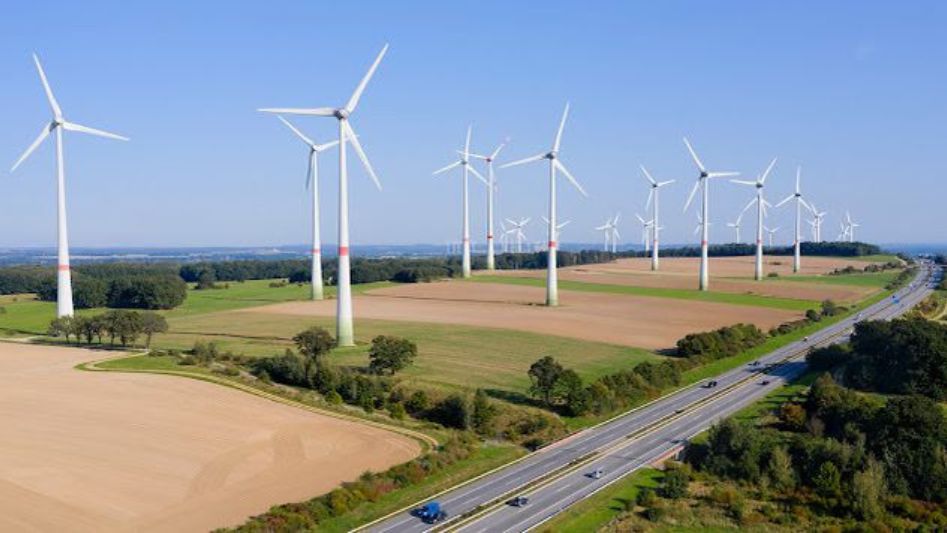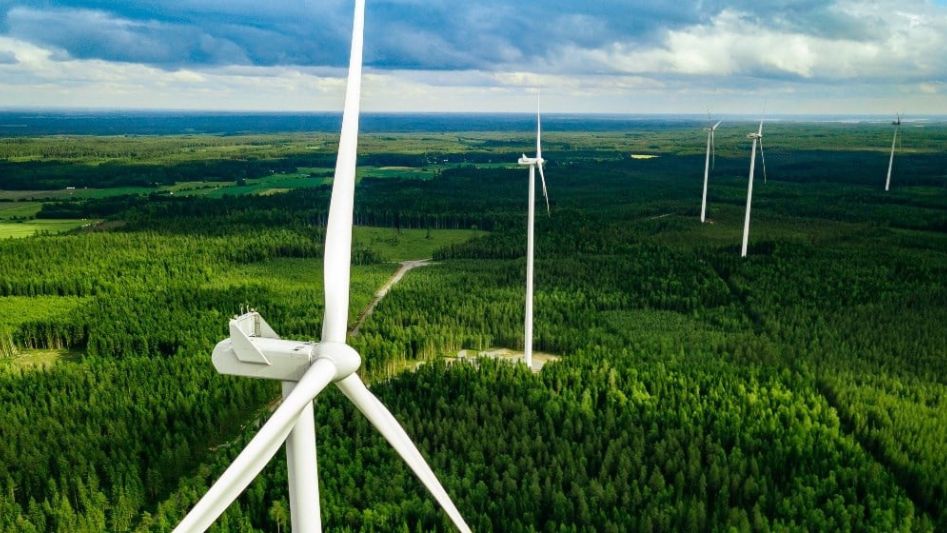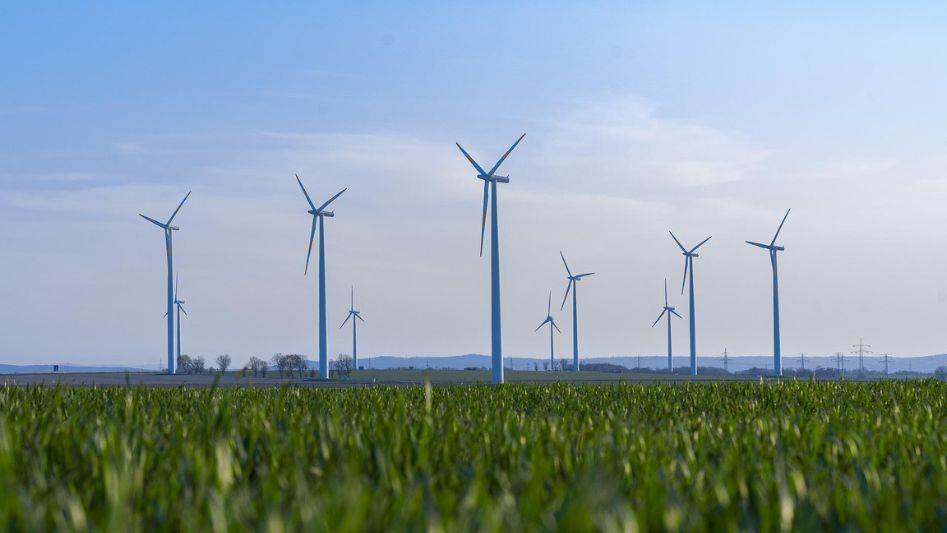There has been an increasing demand for renewable energy sources due to concerns over climate change and the finite nature of fossil fuels. One of the most promising sources of renewable energy is wind power. Wind energy has the potential to not only provide electricity for homes and businesses but also to power sustainable transportation. In this article, we will explore the benefits of wind energy and sustainable transportation and why they make a perfect match.
Table Of Content
We invite you to read: “The Relationship between Wind Energy and Climate Resilience”

What is Wind Energy?
Wind energy is the process of harnessing the power of the wind to produce electricity. Wind turbines are used to capture the wind’s energy and convert it into electricity. Wind turbines consist of large blades attached to a rotor that is connected to a generator. When the wind blows, the blades rotate the rotor, which generates electricity. Wind energy is a clean and renewable source of energy that produces no greenhouse gas emissions.
What is Sustainable Transportation?
Sustainable transportation refers to any mode of transportation that is environmentally friendly, economically viable, and socially equitable. Sustainable transportation aims to reduce the negative impacts of transportation on the environment, such as greenhouse gas emissions and air pollution, while also promoting economic growth and social equity. Examples of sustainable transportation include electric vehicles, bicycles, and public transportation.
The Benefits of Wind Energy and Sustainable Transportation
Wind energy and sustainable transportation have several benefits, including:
Reduction in greenhouse gas emissions
Both wind energy and sustainable transportation produce no greenhouse gas emissions. This reduces the amount of carbon dioxide and other greenhouse gases released into the atmosphere, which can help mitigate the effects of climate change.
Energy security
Wind energy and sustainable transportation promote energy security by reducing dependence on fossil fuels. This reduces the risk of supply disruptions and price fluctuations associated with fossil fuels.
Economic benefits
Wind energy and sustainable transportation create jobs and promote economic growth. Wind energy projects require a skilled workforce for construction, operation, and maintenance, while sustainable transportation creates jobs in manufacturing, maintenance, and operations.
We invite you to read: “The Advantages and Challenges of Wind Energy Storage”

Improved air quality
Sustainable transportation reduces air pollution by reducing the number of cars on the road. This improves air quality and reduces the risk of respiratory diseases.
Why Wind Energy and Sustainable Transportation Make a Perfect Match
Wind energy and sustainable transportation make a perfect match because they are both clean and renewable sources of energy. Wind energy can be used to power electric vehicles, which are a form of sustainable transportation. Electric vehicles are powered by electricity, which can be generated from wind energy. This creates a sustainable transportation system that is powered by clean and renewable energy.
Moreover, wind energy can also be used to power public transportation systems, such as buses and trains. This reduces the carbon footprint of public transportation and promotes sustainable transportation. Sustainable transportation powered by wind energy is an excellent example of how renewable energy can be used to promote sustainable development.
We invite you to read: “The Advantages and Disadvantages of Large-Scale Wind Energy Projects”

Conclusion
In conclusion, wind energy and sustainable transportation are a perfect match because they are both clean and renewable sources of energy that promote sustainable development. Wind energy can be used to power electric vehicles and public transportation systems, reducing the carbon footprint of transportation and promoting sustainable development. The benefits of wind energy and sustainable transportation are numerous, including a reduction in greenhouse gas emissions, energy security, economic benefits, and improved air quality. As the world moves towards a more sustainable future, wind energy and sustainable transportation will play a crucial role in creating a cleaner, greener, and more prosperous world.
FAQ
How is wind energy generated?
Wind energy is generated through the use of wind turbines that capture the kinetic energy of the wind and convert it into electricity.
What are some examples of sustainable transportation?
Examples of sustainable transportation include electric vehicles, bicycles, public transportation (buses, trains, subways), walking, and carpooling.
How does wind energy reduce greenhouse gas emissions?
Wind energy reduces greenhouse gas emissions by displacing the use of fossil fuels for electricity generation, which is a major source of carbon dioxide emissions.
What is the role of wind energy in promoting energy security?
Wind energy promotes energy security by reducing dependence on fossil fuels, which are finite and subject to supply disruptions and price fluctuations.
You May Also Like
- Wind Energy in Developing Countries: Challenges and Opportunities
- Wind Energy in Reducing Dependence on Fossil Fuels
- The Social Impact of Wind Energy: Job Creation and Economic Development
- Offshore Wind Farms: Mitigating the Challenges of Onshore Wind Energy
- The Integration of Wind Energy with Other Renewable Energy Sources

